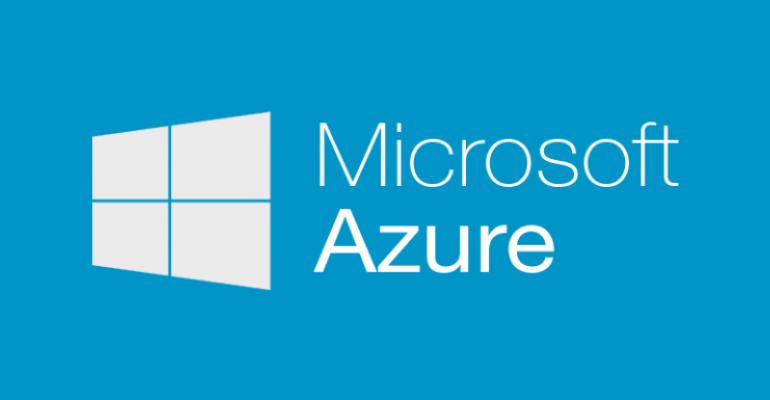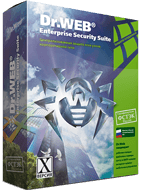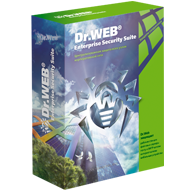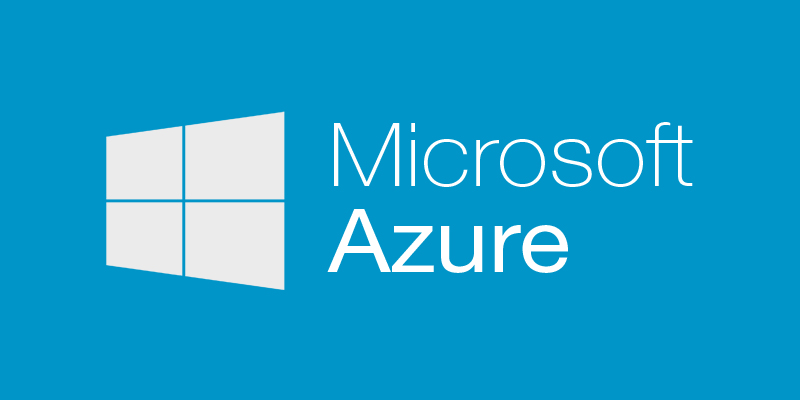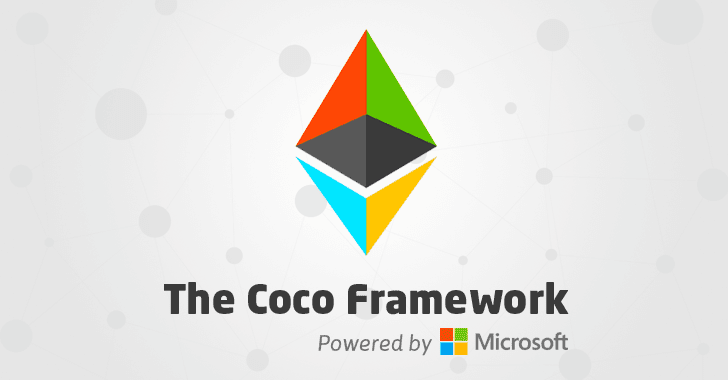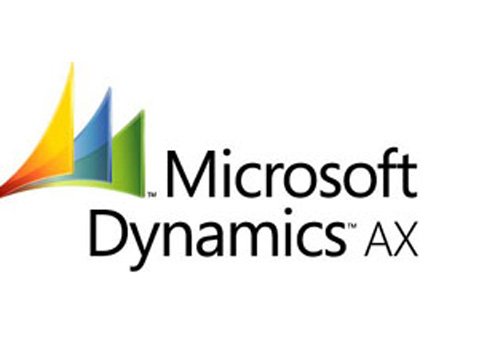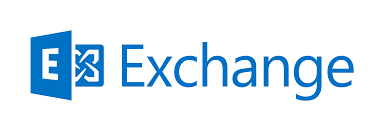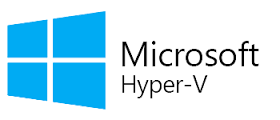View
Sorting
Products found: 40
Azure Data Warehouse
Create a single center for all your data, be it structured, unstructured or streaming data. Provide work of such transformational decisions, as functions of business analytics, reports, the expanded analytics and analytics in real time. To easily get started, take advantage of the performance, flexibility, and security of Azure's fully managed services, such as SQL Azure and Azure Databricks.
Get rid of worries
Built-in advanced security features include transparent data encryption, auditing, threat detection, integration with Azure Active Directory and virtual network endpoints. Azure services correspond to more than 50 industry and geographic certifications and are available worldwide in 42 regions to store your data wherever your users are located. Finally, Microsoft offers financially secured service level agreements to spare you any hassle.
Azure Resiliency
- Availability Zones
- Availability sets
- Virtual Machine Scale Sets (VMSS)
Azure Virtual Machines
Supporting Linux, Windows Server, SQL Server, Oracle, IBM, SAP and other platforms, Azure virtual machines provide the flexibility of virtualization for a wide range of computing solutions. All current-generation virtual machines include load balancing and autoscaling.
Azure Virtual Machines - is a proposal that includes various solutions, from an inexpensive B series to virtual machines with the latest GPU optimized for machine learning. It is designed to perform any workloads within any budget.
Dr.Web Desktop Security Suite
Dr.Web Enterprise Security Suite
Dr.Web Light для Android
G Suite
Google Cloud Storage
Geo-redundant storage with the highest level of availability and performance is ideal for low-latency, high QPS content serving to users distributed across geographic regions. Google Cloud Storage provides the availability and throughput needed to stream audio or video directly to apps or websites. The highest level of availability and performance within a single region is ideal for compute, analytics, and ML workloads in a particular region. Cloud Storage is also strongly consistent, giving you confidence and accuracy in analytics workloads. Cloud Storage provides fast, low-cost, and highly durable storage for data accessed less than once a month. Perfect for reducing the cost of backups and archives while still retaining immediate access. Backup data in Cloud Storage could be used for more than just recovery because all Cloud Storage classes have ms latency and are accessed through a single API.
Google Compute Engine
Main features of Google Compute Engine:
- Computing environments. Available in a configuration of 1,2,4 or 8 cores on a Linux platform with 3.75 GB of RAM per core.
- Repositories. You can store virtual machine data as non-persistent (Ephemeral), as well as Persistent disks on the Google side or in the Google Cloud Storage service. For permanent disks, you can snapshot for backup purposes, and also provide access to one disk from multiple VMs. All disk data is encrypted.
- Networking. The ability to use high-performance network equipment Google Dataceters and independently configure the network screens, also use an external IP address. Plus, ready-made solutions from third-party vendors that are partners with Google.
- Control. Virtual machines can be managed through a web console or CLI, and there is also an API that provides many opportunities for developers and third-party manufacturers.
Google Compute Engine will be integrated with partner solutions RightScale, Puppet Labs, OpsCode, Numerate, Cliqr, MapR and others.
Google Hangouts
Google Hangouts is a communication platform developed by Google which includes messaging, video chat, SMS and VOIP features. It replaces three messaging products that Google had implemented concurrently within its services, including Google Talk, Google+ Messenger (formerly: Huddle), and Hangouts, a video chat system present within Google+. Google has also stated that Hangouts is designed to be "the future" of its telephony product, Google Voice, and has already integrated some of the capabilities of Google Voice into Hangouts. Users can be messaged by their Google+ accounts. Google has been planning to evolve Hangouts into 2 main parts that are the most important: Hangouts Chat and Hangouts Meet. This service is already available to G Suite customers and will be available to consumer uses. Google is not sure of when to allow normal consumers to use both new services. Google will attempt to allow every user of Classic Hangouts migrate to both new services. Hangouts allows conversations between two or more users. The service can be accessed online through the Gmail or Google+ websites, or through mobile apps available for Android and iOS (which were distributed as a successor to their existing Google Talk apps). However, because it uses a proprietary protocol[8] instead of the XMPP open standard protocol used by Google Talk, most third-party applications which had access to Google Talk do not have access to Google+ Hangouts. Chat histories are saved online, allowing them to be synced between devices. A "watermark" of a user's avatar is used as a marker to indicate how far they have read into the conversation. Photos can be shared during conversations, which are automatically uploaded into a private Google+ album. Users can also now use color emoji symbols in their messages. As with the previous Google+ Hangouts, users can also perform a group video chat with up to 10 users at a time. In 2016 Google upgraded Hangouts to 25 concurrent users in HD video for Work/Education. The new Google Hangouts app on iOS integrates a Google Voice number to some extent, but on Android the SMS support in Hangouts doesn't fully integrate with Google Voice for calls or texts. Integration was first expected by 2014, but was deprecated in January 2016. The reason for the delay appears tied to Google switching away from the XMPP protocol it used, as mentioned above. For Google Chrome, users do not need to install a plugin. However, for Internet Explorer 11, the user must install the "Google Talk Plugin" to be able to use the video features. In Android 4.4, Hangouts is integrated with text messages sending and receiving functions, which is the default SMS app on the Nexus 5. For other Android phones, users can choose to open the SMS function when they download the new version of Hangouts via Google Play. SMS conversations are shown in a drawer on the left side. The update also adds GIF support and a new location-sharing button, which allows the user to send their GPS location to their contacts. As of version 2.3 (September 12, 2014), Hangouts includes the ability to make free voice calls to other Hangouts users, and charges users (via pre-registered credit) to call landline and mobile phones internationally except for calls to the United States and Canada which are free of charge. Currently, Android users must have both the Google Hangouts and Hangouts Dialer apps installed if they wish to call landline or mobile telephone numbers via the public switched telephone network. On August 15, 2016, Google announced that Hangouts on Air will be discontinued on September 12. Users will have to utilize YouTube Live for live-streaming events. Google Hangouts includes several Easter eggs to surprise users.
Microsoft Azure
Microsoft Coco Framework
- Throughput and latency approaching database speeds.
- Richer, more flexible, business-specific confidentiality models.
- Network policy management through distributed governance.
- Support for non-deterministic transactions.
Microsoft Dynamics 365
Microsoft Dynamics AX
Microsoft DYNAMICS CRM
Microsoft Dynamics NAV
Microsoft Exchange
Microsoft Exchange Online Protection
- Eliminate threats before they reach the corporate firewall with multi-layered, real-time anti-spam and multi-engine anti-malware protection.
- Protect your company's IP reputation by using separate outbound delivery pools for high-risk email.
- Five financially backed SLAs attest to a high quality of service, including protection from 100% of known viruses and 99% of spam.
- Globally load-balanced network of datacenters helps to ensure a 99.999% network uptime.
- Manage and administer from the Exchange Administration Center—a single web-based interface.
- Near real-time reporting and message trace capabilities provide insight into email environments by retrieving the status of any message that Exchange Online Protection processes.
- Active content, connection, and policy-based filtering enables compliance with corporate policies and government regulations.
- IT-level phone support 24 hours a day, 7 days a week, 365 days a year at no additional cost.
- No hardware or software required to install, manage, and maintain, which minimizes up-front investment.
- Get a predictable payment schedule through a subscription-based service for customers with an on-premises email deployment. Exchange Online Protection is also included in Exchange Online and any Office 365 plan that includes Exchange Online.
- Simplify IT environments by reducing the need for in-house email security servers and applications.
- Ensure that no email is lost or bounced by automatically queuing email if the destination email server becomes unavailable for any reason.
- Get up and running quickly with a simple MX record change.
Microsoft Hyper-V
The ROI4CIO Product Catalog is a database of business software, hardware, and IT services. Using filters, select IT products by category, supplier or vendor, business tasks, problems, availability of ROI calculator or price calculator. Find the right business solutions by using a neural network search based on the results of deployment products in other companies.


